The decentralized finance (DeFi) market has created a unique branch of cryptocurrencies and blockchain technology where people can access financial services like they would in the conventional world. These days, investors can even access crypto loan services like lending and borrowing.
DeFi lending allows investors who need extra crypto to trade or invest to access such temporarily from DeFi lending protocols and pay back with interest. This article will discuss DeFi lending and how it works in detail. Let’s get into it.
What is DeFi Lending?
Lending and borrowing are a major part of our financial lives. Whether we do it directly or otherwise, we all lend money and borrow from other people one way or another. The same applies in the cryptocurrency world, where people can lend their crypto assets to borrowers in need of extra funds to trade or invest.
Like in the normal world, these crypto borrowers are willing to repay their loans with interest through which the lenders make extra money.
However, the major difference between both worlds is that borrowing and lending in the crypto world isn’t controlled by banks or other centralized systems. Everything happens through DeFi lending platforms, which are decentralized.

How Does DeFi Lending Work?
With increased interest in DeFi lending, it’s no surprise that over $20 billion is currently locked in DeFi protocols like Compound, Aave, UniSwap, and MakerDAO. But how does this kind of lending work?
As already established, DeFi lending is decentralized. Instead of having banks and other financial institutions control what happens, everything happens in DeFi lending pools. These are transparent, permissionless, and open-source financial service systems built on the blockchain.
Within these systems, lenders lock up their tokens to be given out to borrowers for specific periods. The borrowers then repay with interest. For instance, if you have extra Solana (SOL) or Ethereum (ETH), you can send it to a DeFi lending platform to earn passive income instead of leaving it in your crypto wallet.
However, the borrowing and lending process is structured in a peer-to-peer (P2P) format, allowing the lender to act like a bank that gives out loans to borrowers. Individuals can easily loan out their assets to others directly within DeFi lending pools to ensure quick distribution.
The distribution is controlled by smart contracts, which automate the entire process and eliminate middlemen and rigorous financial checks like credit scores and other background information required in the conventional financial world.
Similarly, the collateral used in DeFi lending is cryptocurrency. Borrowers can use other tokens with a higher value than the token they want to borrow as collateral. Sometimes, it can be 1.5x or 3x the value of the loan.
Benefits of DeFi Lending
You may wonder why people borrow crypto loans worth less than their collateral. Why get less funds with more money? Let’s look at some advantages of DeFi loans below.
Potential Gains
Some investors borrow crypto loans with the hope that their crypto assets will increase in value over time. So, instead of spending the coin they currently have, they use it as collateral to get more to diversify their investments.
The potential increase from their collateral and the invested loan will sum up to repay the loan and help them make more money.
Leveraged Trading
Also, some investors borrow crypto to use the funds as leverage for different trading positions in the advanced financial markets. For instance, you can borrow crypto loans for futures or leveraged trading.
Long-Term Loans
Another benefit of DeFi loans is that there are no time limits to returning borrowed funds. As long as the value of your collateral remains higher than that of the borrowed amount, the loan can keep running for as long as possible.

Risks Associated With DeFi Lending
Like every other kind of investment, DeFi lending is not devoid of risks. Here are some pitfalls to consider:
DeFi Liquidation
Ideally, a collateral is required to access DeFi loans, and its value should be more than that of the loan requested. The idea is to protect against market volatility that may occur, as the extra amount can cover price falls.
However, if the collateral’s value falls below a predetermined amount or the loan’s initial value, the smart contract automatically liquidates the collateral. This is called DeFi liquidation. It simply means your collateral’s value reduces, causing an increase in your loan amount. So, you may need to deposit more crypto to meet the current value.
Network Instability
Blockchains and DeFi platforms sometimes face network glitches. The unexpected instability may arise from network upgrades or other structural changes that may result in increased risk exposure for investors. Sometimes, smart contracts can also experience glitches.
Security Breaches
DeFi pools or protocols may also experience security hacks or other forms of attack that could lead to loss of funds. This is why it’s crucial to join reputable and secure DeFi platforms.
Conclusion
The decentralized financial system has created an effective way for investors to access crypto loans through DeFi lending and borrowing. The system allows access to instant crypto loans without credit checks.
However, DeFi lending risks like liquidation and security breaches. Ensure you research properly and approach DeFi lending with caution.
Build Your DeFi Lending Protocol With Zypto
If you’re looking to build your own DeFi lending protocol or scale an existing one, you can leverage Zypto’s custom Web3 development services to bring your project to life. Visit the Zypto website to learn more.
If you could borrow or lend any cryptocurrency right now, which asset would you consider? Let us know your top DeFi coins in the comment section below.

FAQs
How does DeFi lending work?
DeFi lending allows lenders to lock their assets in DeFi protocols for borrowers to access the crypto funds. They run using smart contracts to manage the fund distribution and determine interest rates.
What is the best DeFi lending platform?
Many DeFi lending platforms are on the market, including Compound, Aave, and UniSwap. The best option depends on your needs, preferences, and the tokens you’re interested in.
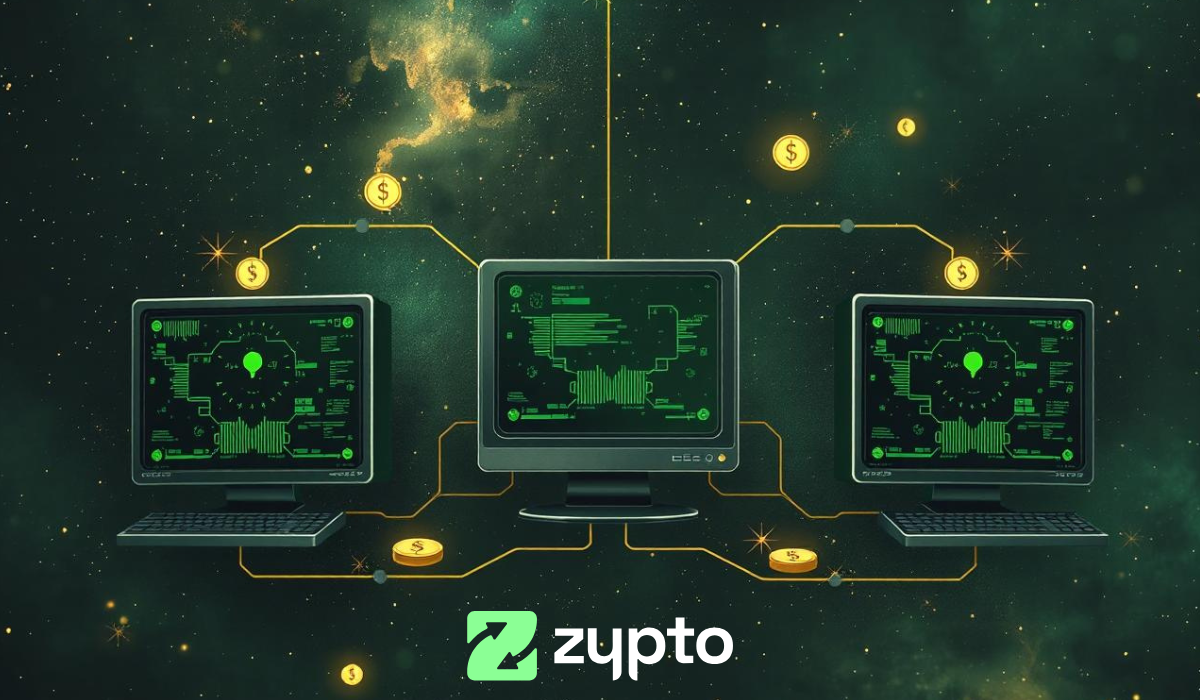



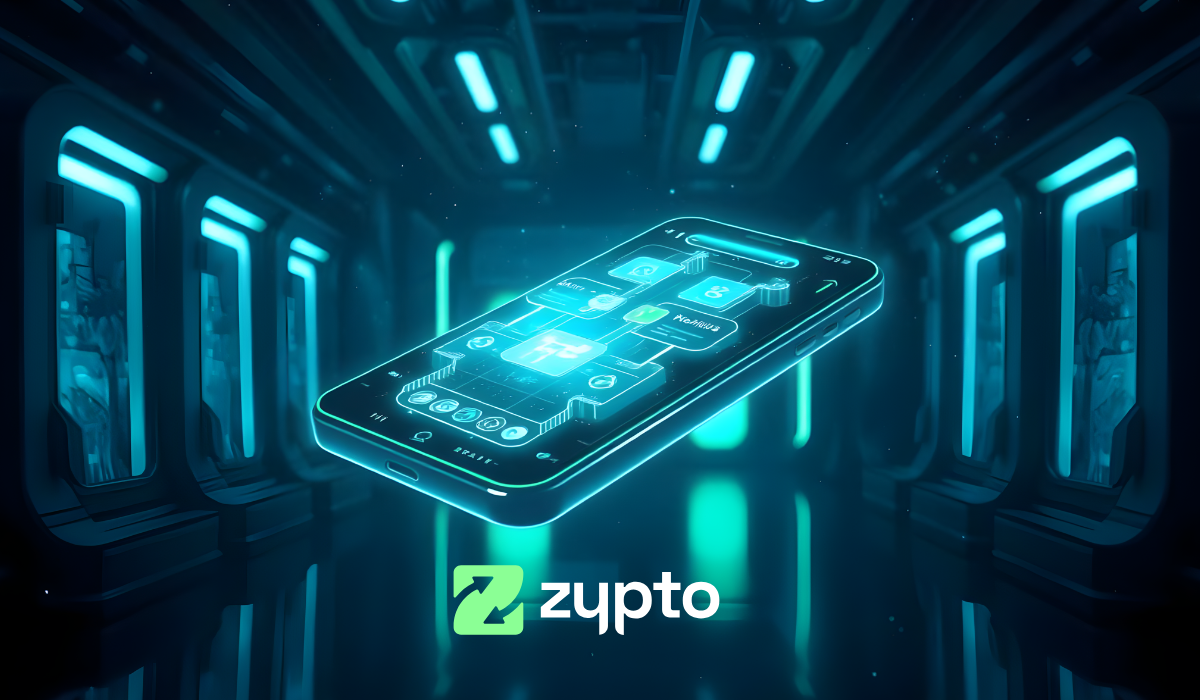
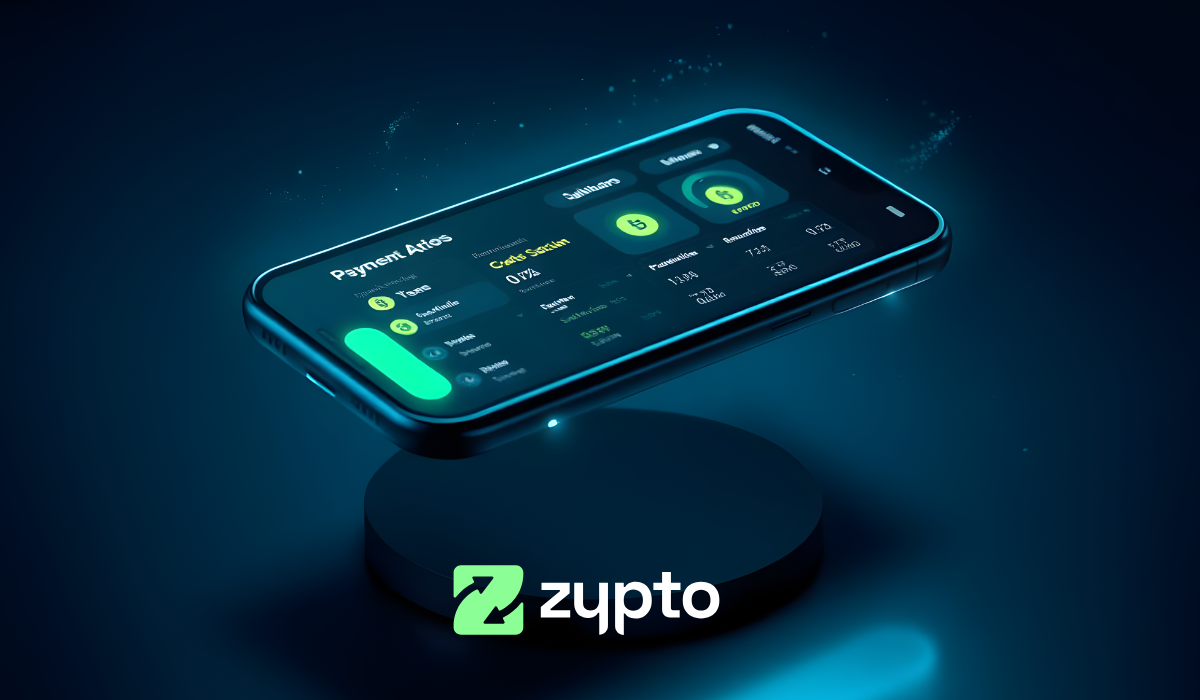
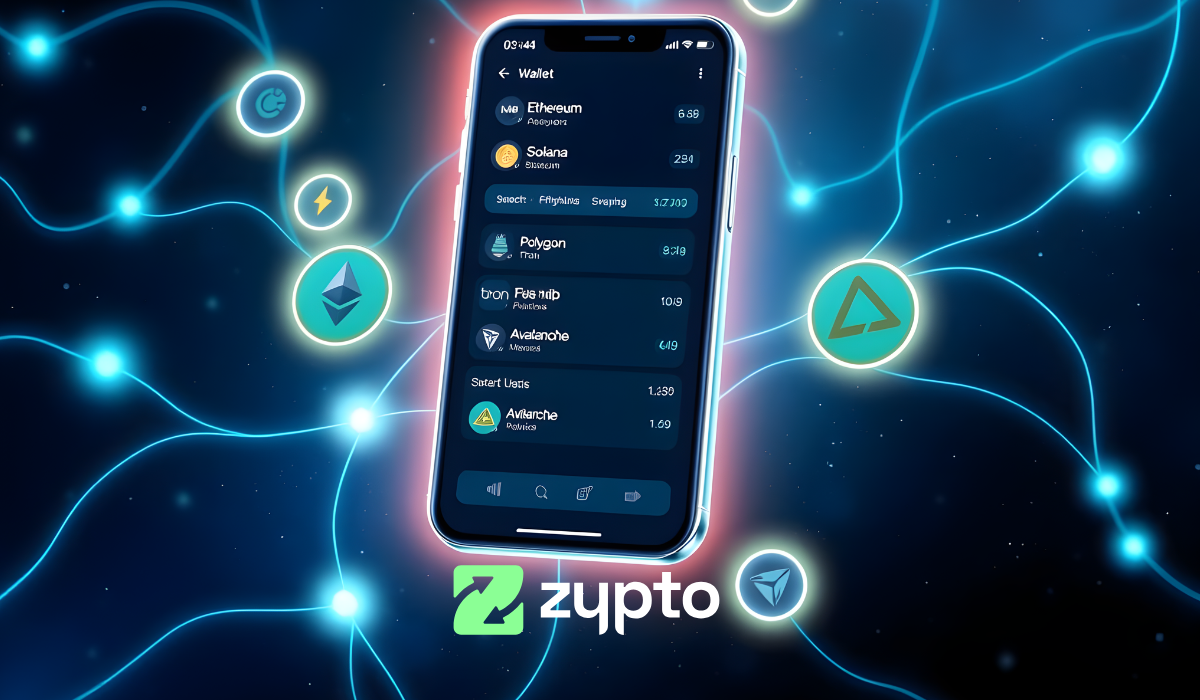

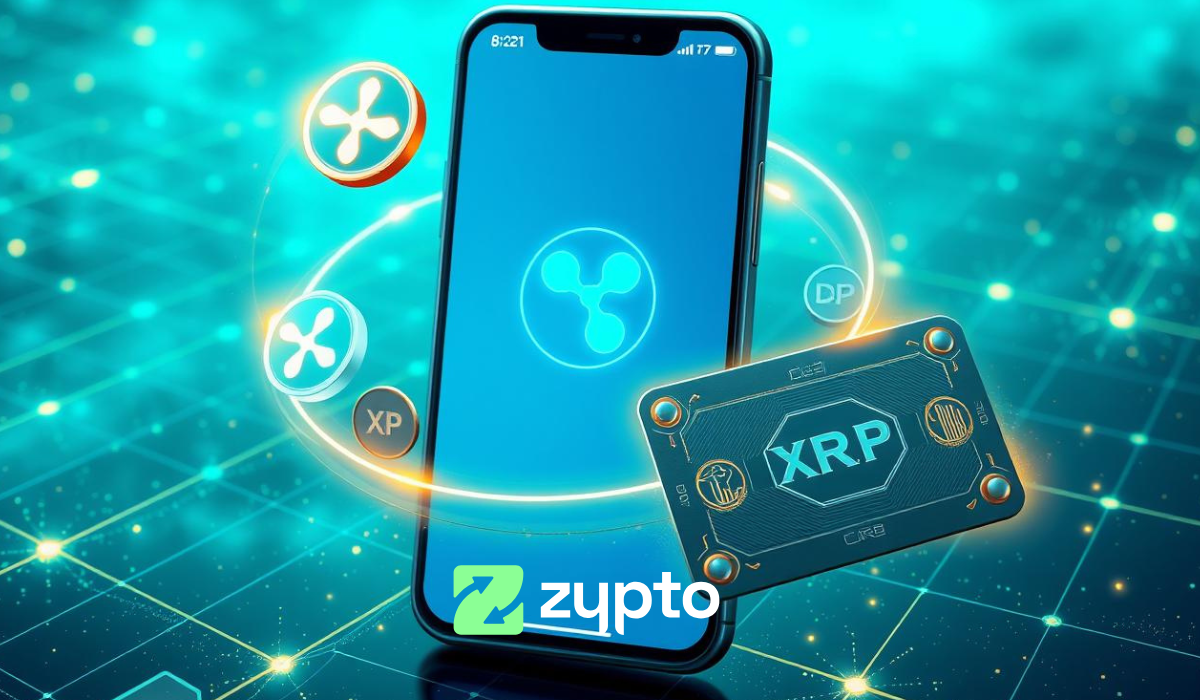
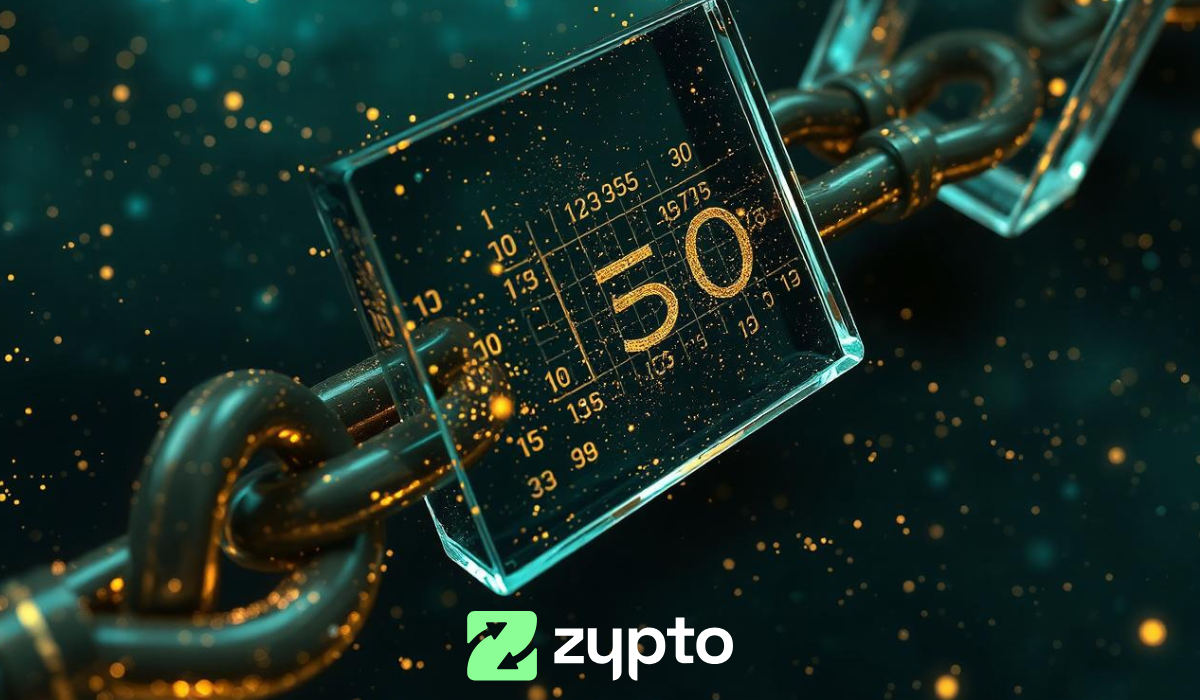

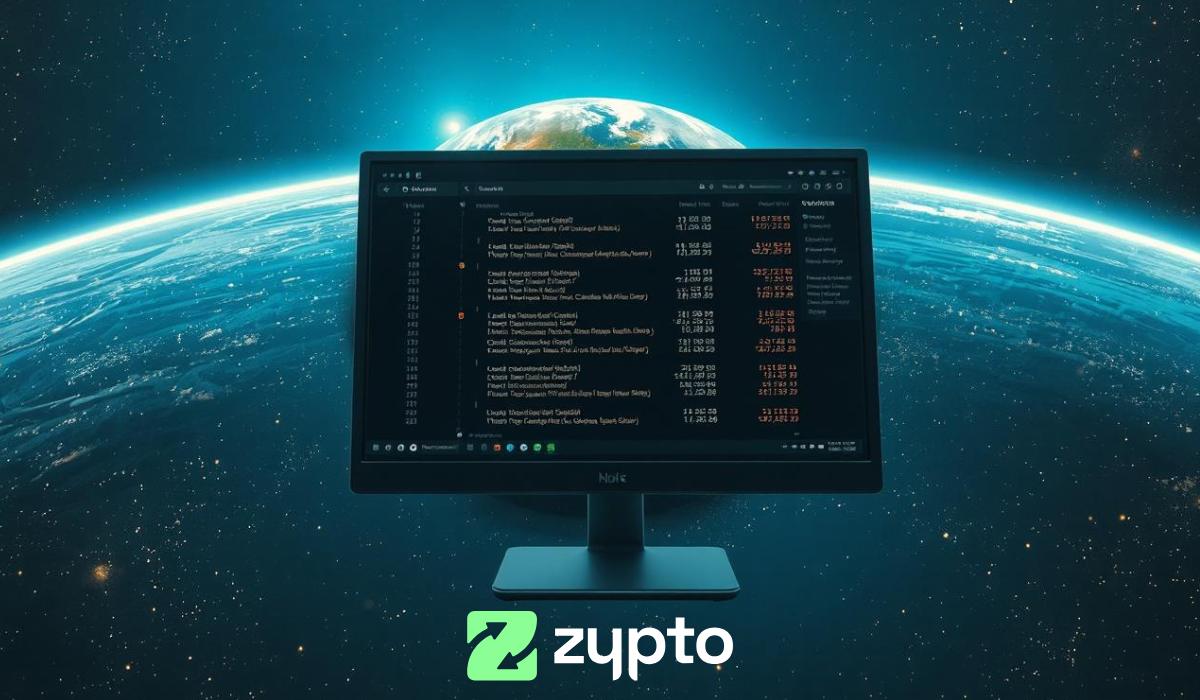
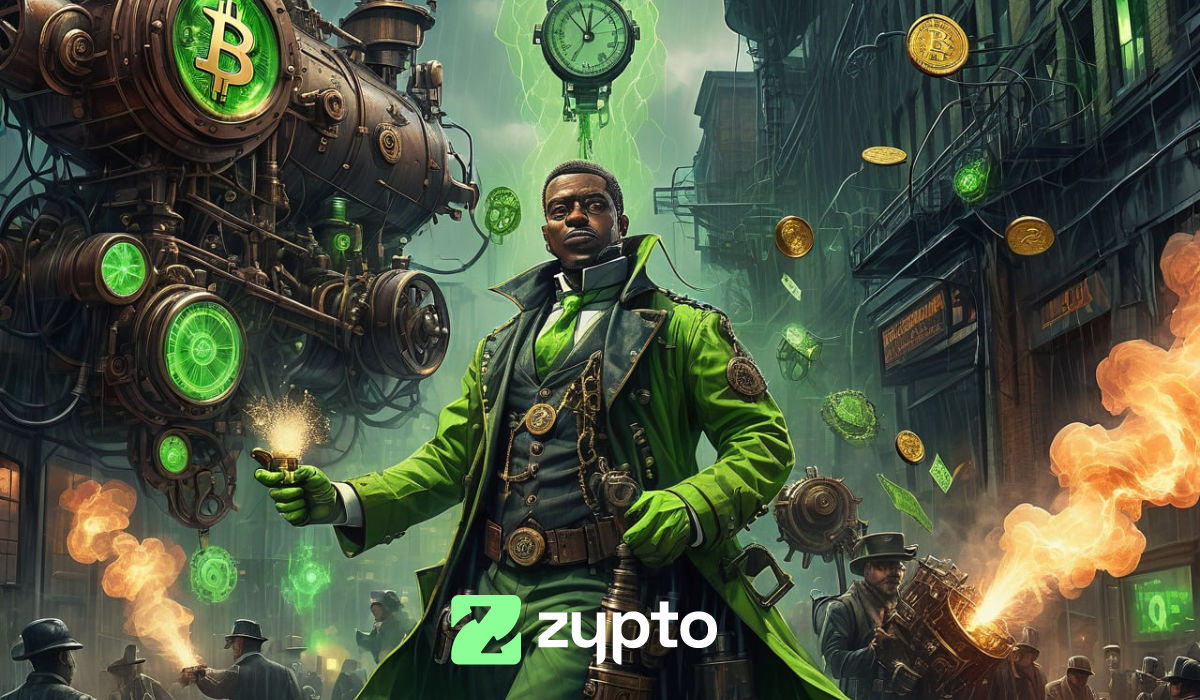

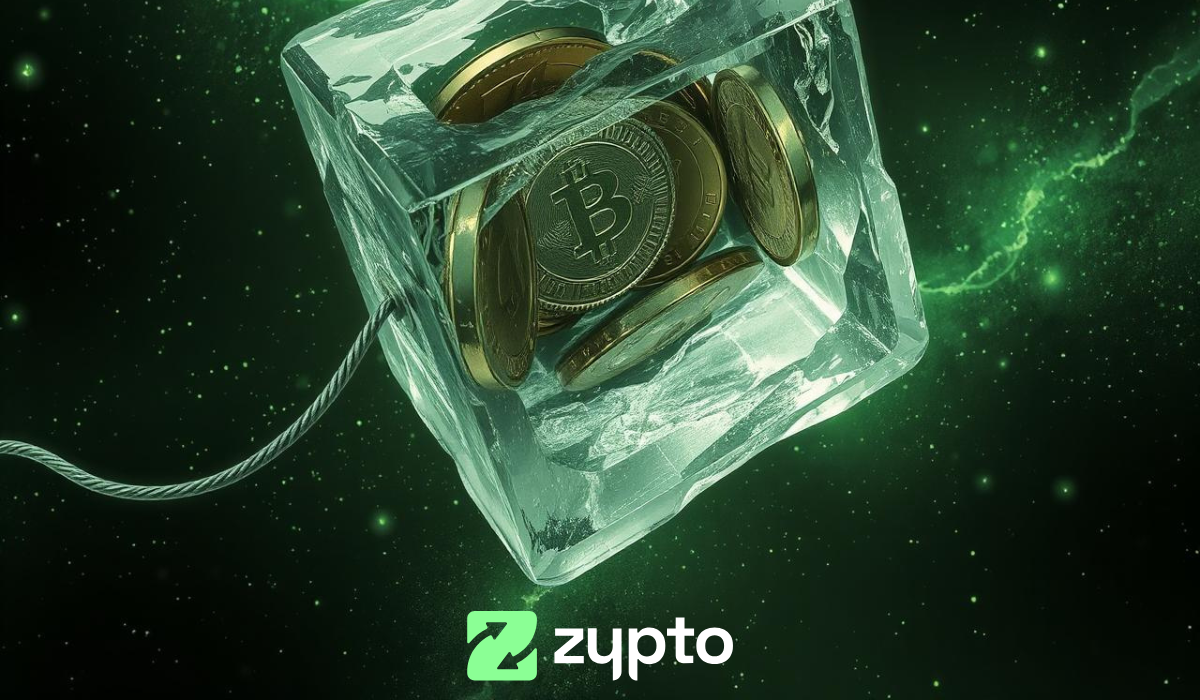


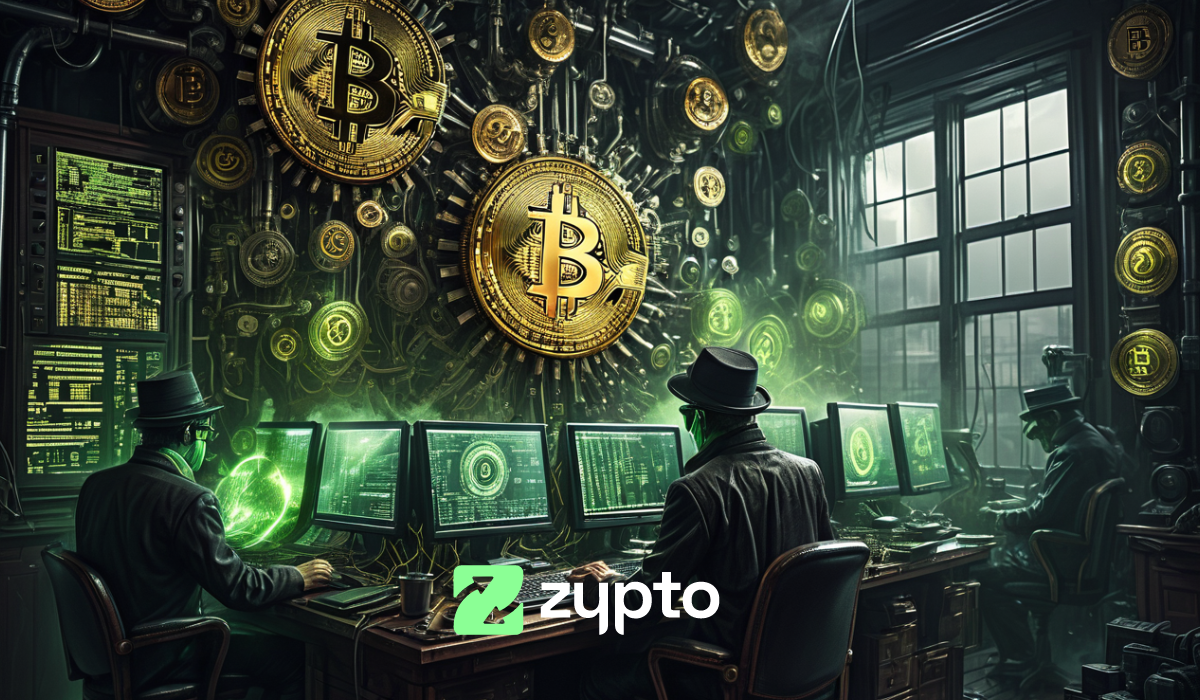
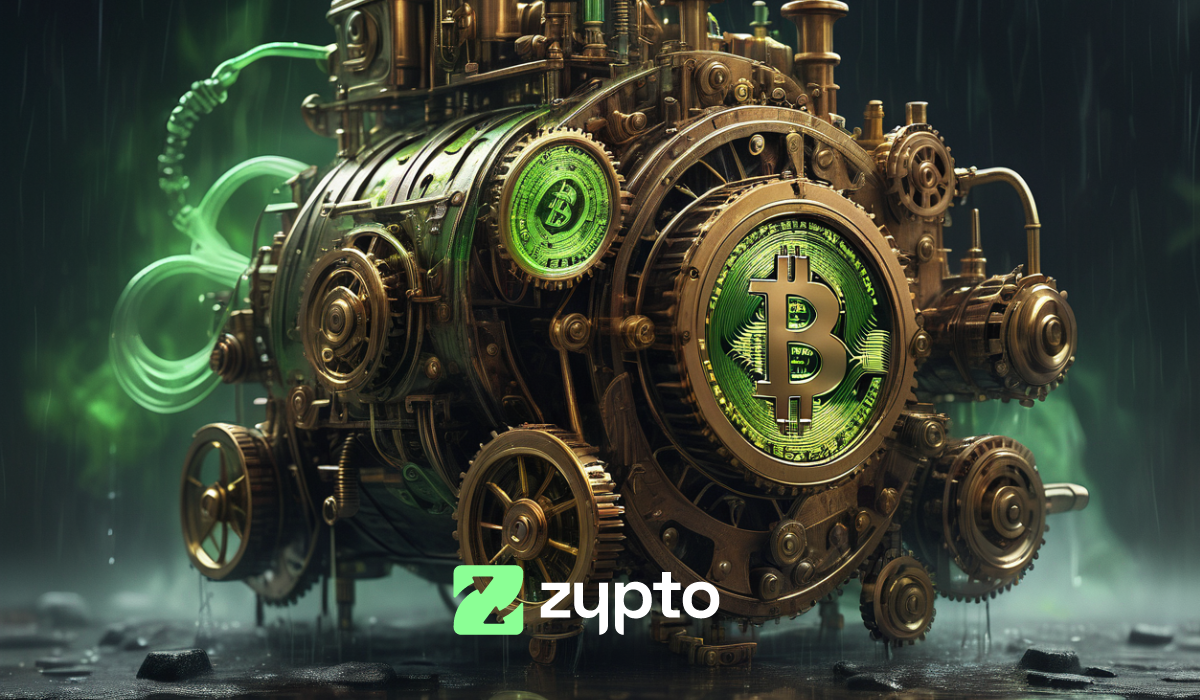
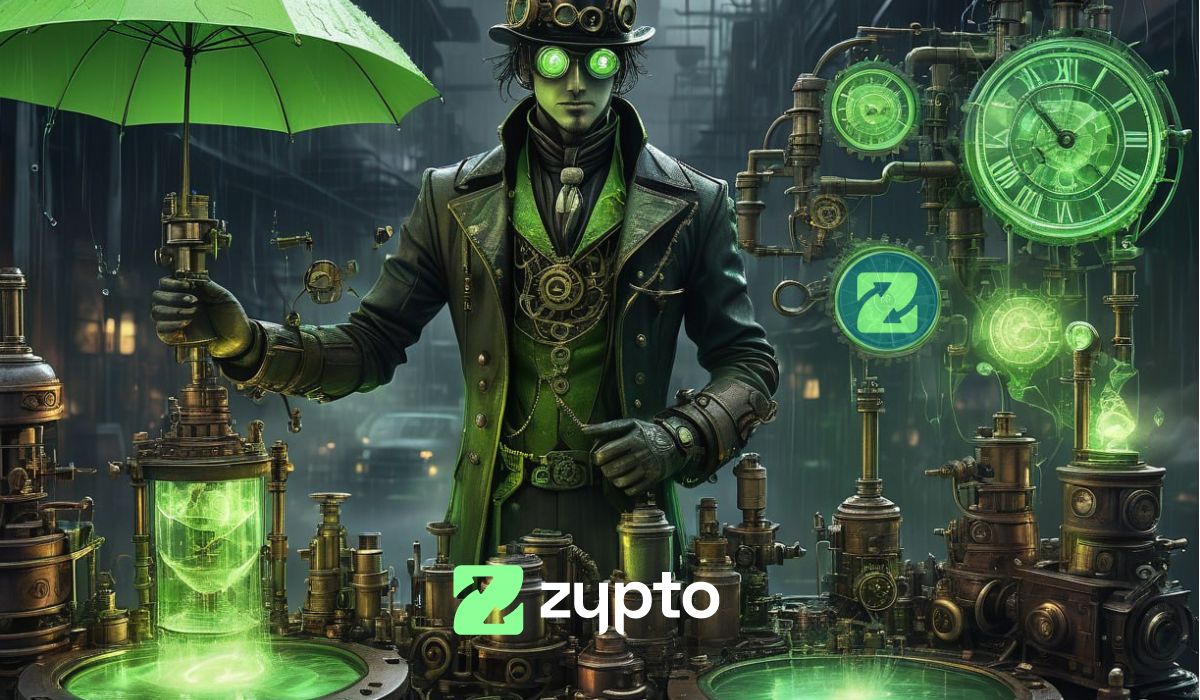
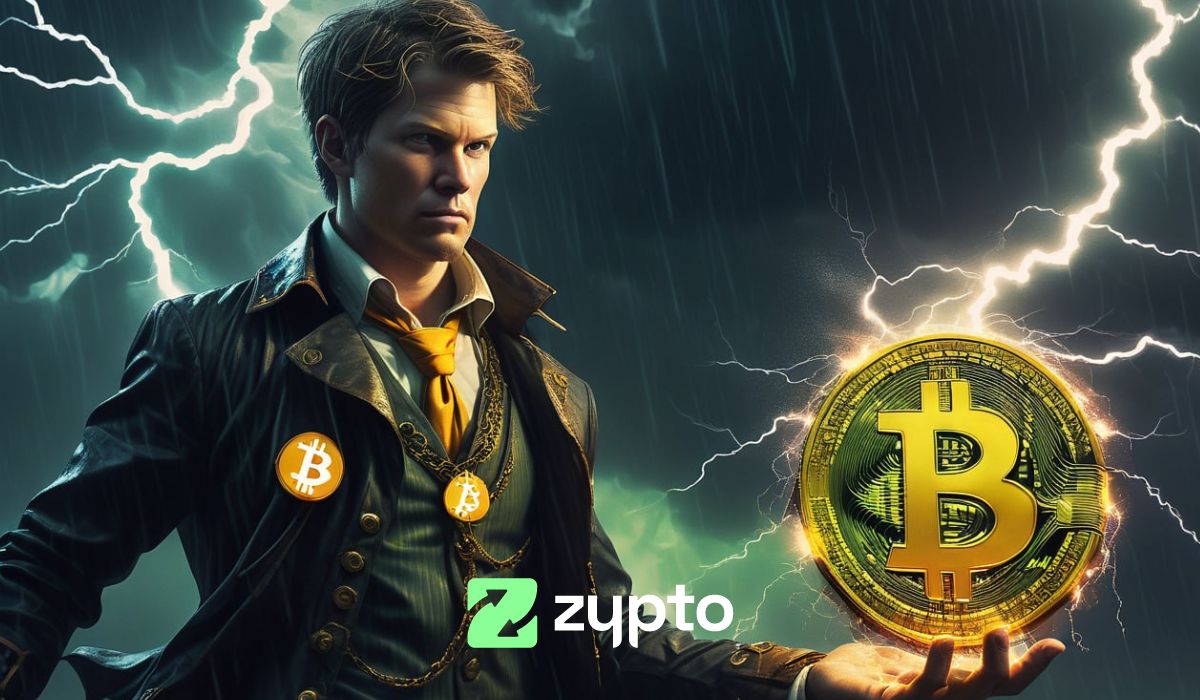



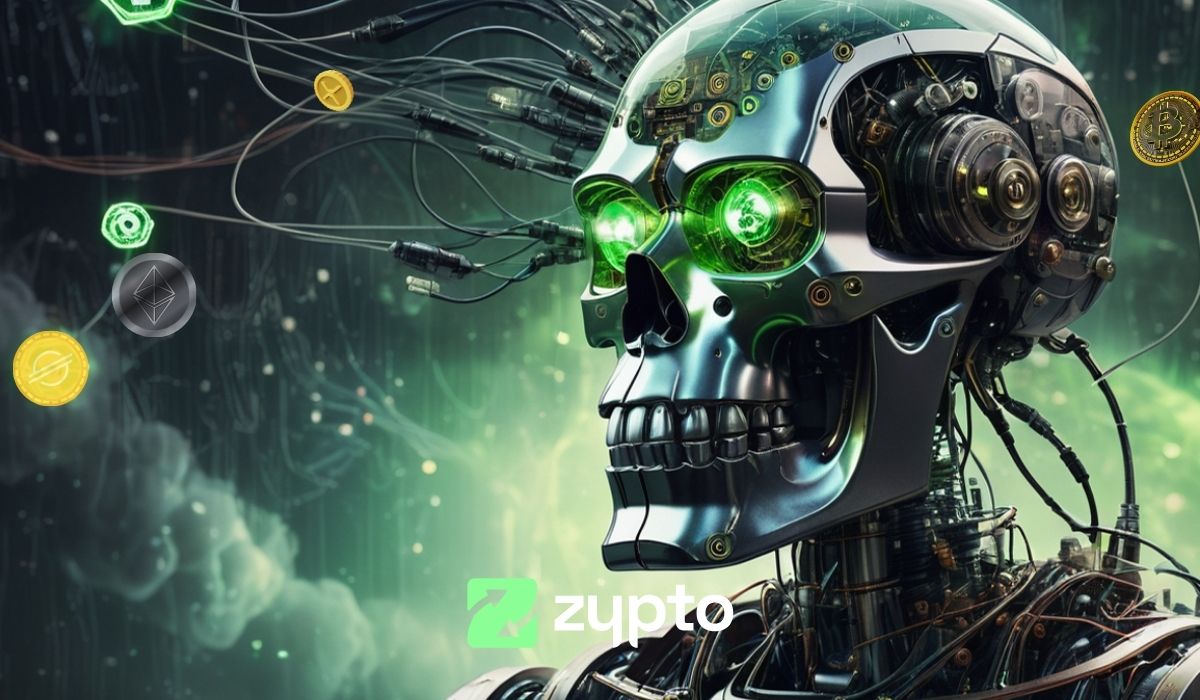


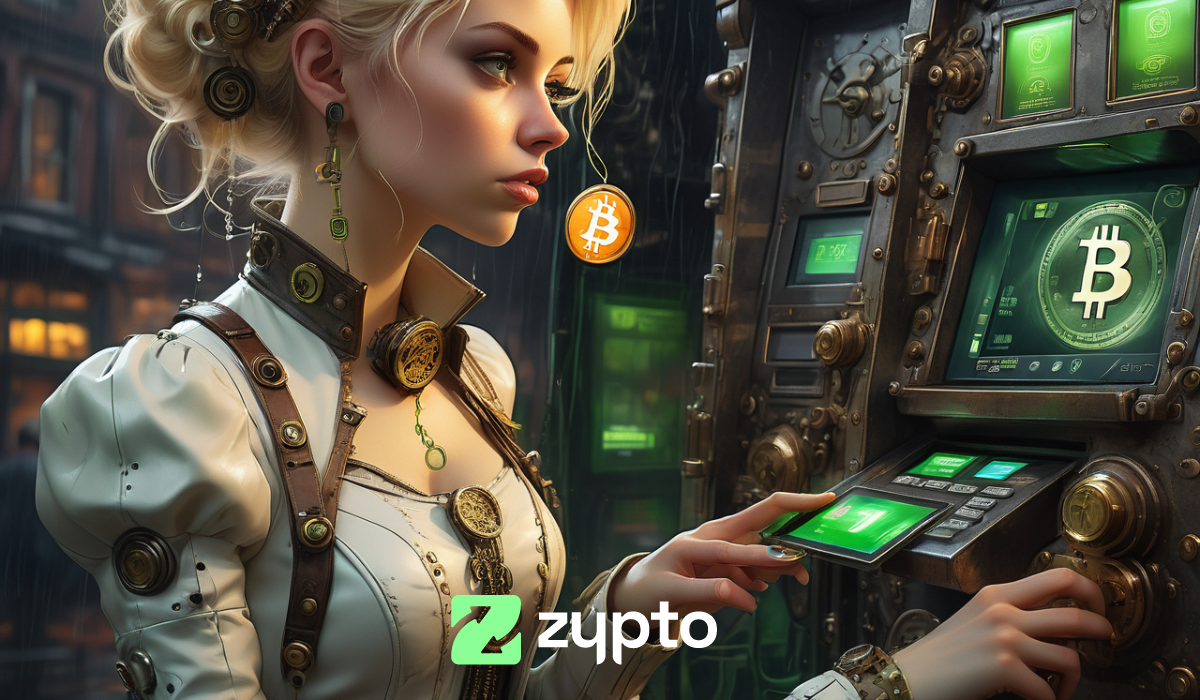
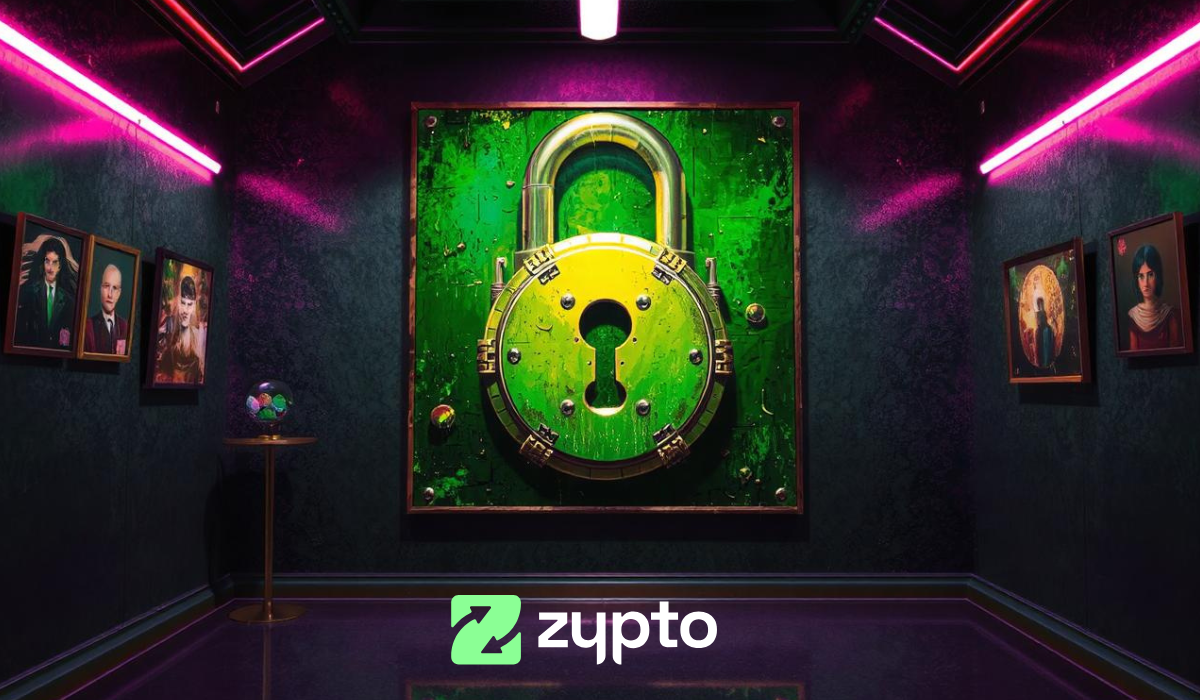

0 Comments